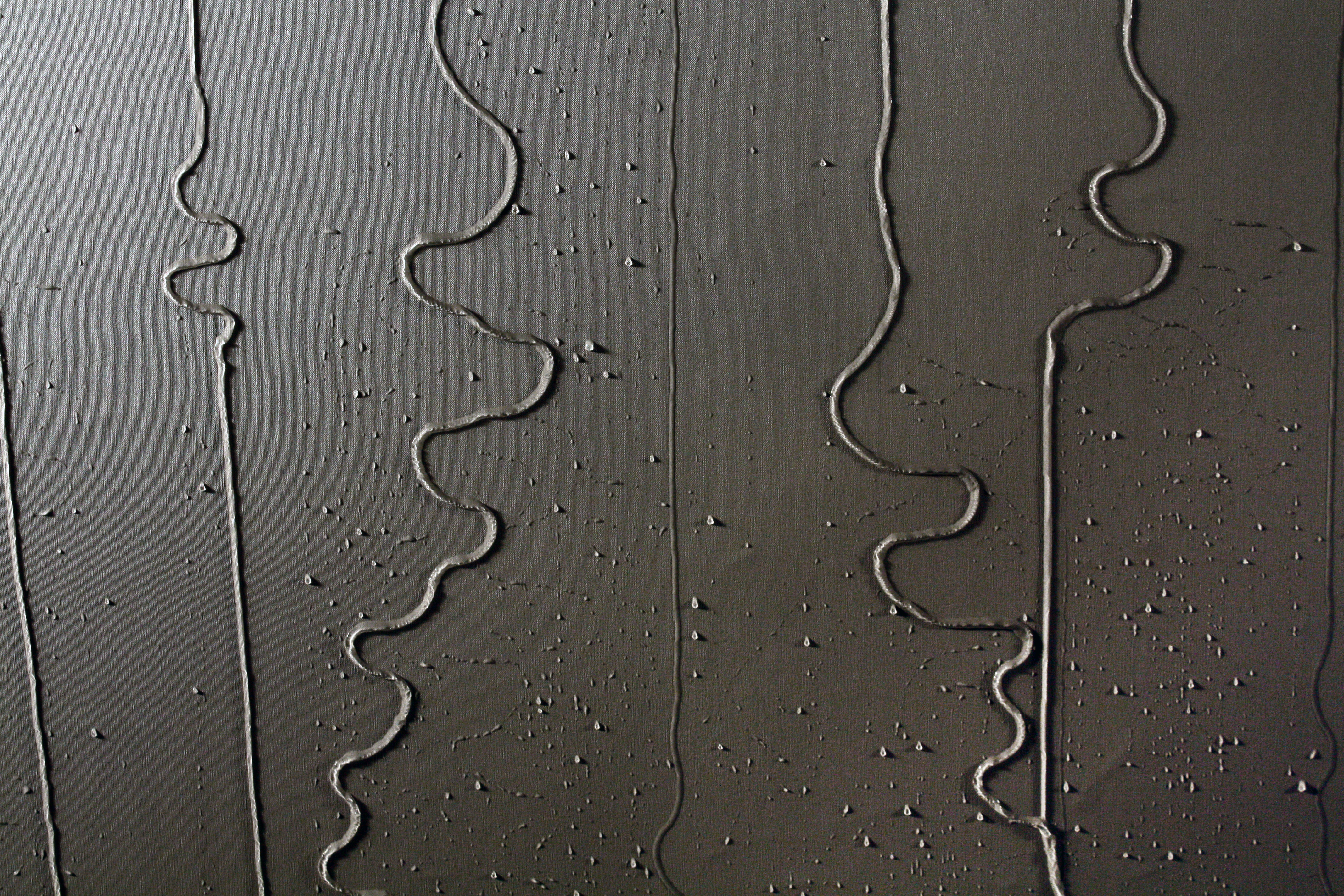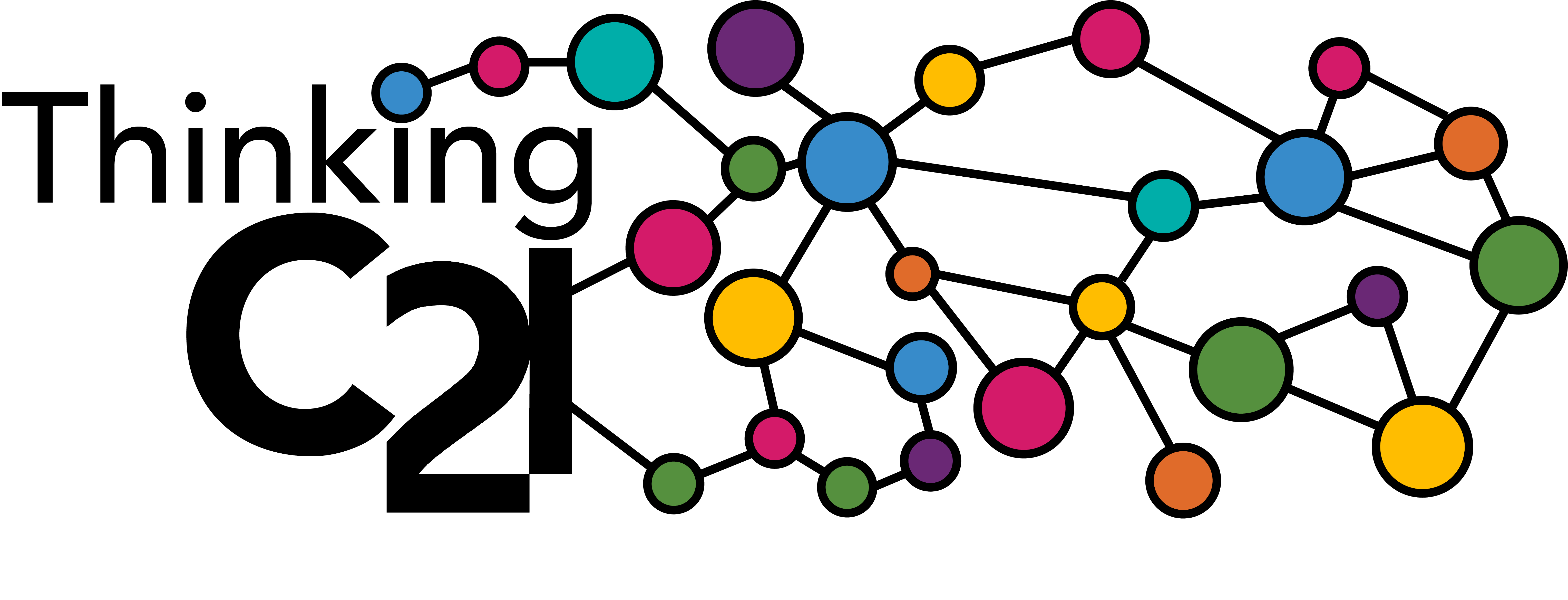In a recent Washington Post opinion piece, David Levy questions whether professors are paid too much. Separating research and teaching, as well as research and teaching institutions, Levy seems to suggest that professors should be paid only for their time in the classroom. Outraged, academics responded. Some questioned whether Levy was in touch with the realities of teaching, others questioned whether he was aware of economic realities, and others questioned his facts. Even gawker.com weighed in.

The article and the outrage speak to one of the challenges facing research centers like C21: how to articulate how time away from teaching can actually help or improve teaching. Many describe research fellowships at C21 as a “retreat” or an “escape” from the classroom. In some respects, this is certainly the case. The fellowship gives faculty members time and space to pursue their research. And research, in and of itself, is important and valuable. But the writing, thinking, and creating that is accomplished during the fellowship year not only leads to articles, books, and art projects. It also enriches one’s teaching. In the words of former C21 fellow, Colleen Ludwig:
“When I was on the C21 fellowship, I did very little thinking that was specific to my teaching, and when I was faced with returning to full time teaching, I expected the transition of going from a 1/1 course load to a 3/3 course load to be difficult. But I have had the best year of teaching of my life. I don’t exactly understand how or why it happened, but I know that I have become much better at student mentoring and critique as a result of the fellowship.
It’s not so much that I’ve gotten smarter or have so many more academic references to give the student. It’s simply that the study, reading, writing and discussion opened up a new command of language that has allowed me to be very specific in critique and to find words and phrases that give greater life to my ideas about the work. It has also sharpened my skills at listening to the meanderings and observations of my students and picking out the three or four tantalizing bits that can form an infrastructure for a good artwork. This was an unexpected gift and it has been with me all year, so thanks.”
[Colleen Ludwig is currently an Assistant Professor in the Art Department at the University of Wisconsin – Milwaukee. She works with metaphors of skin and boundaries to create immersive environments, video works and performance pieces. Her current project is a four-room suite of interactive installations called Cutaneous Habitat. The first completed room, Shiver, will be featured in 2012 at the Albuquerque Museum as part of the International Society of Electronic Artists (ISEA): Machine Wilderness Festival. From there, it will travel in 2013 to the Burchfield Penney Museum in Buffalo NY. Cutaneous Habitat was supported by UWM with a Research Growth Initiative Grant and a fellowship from the Center for 21st Century Studies.]





